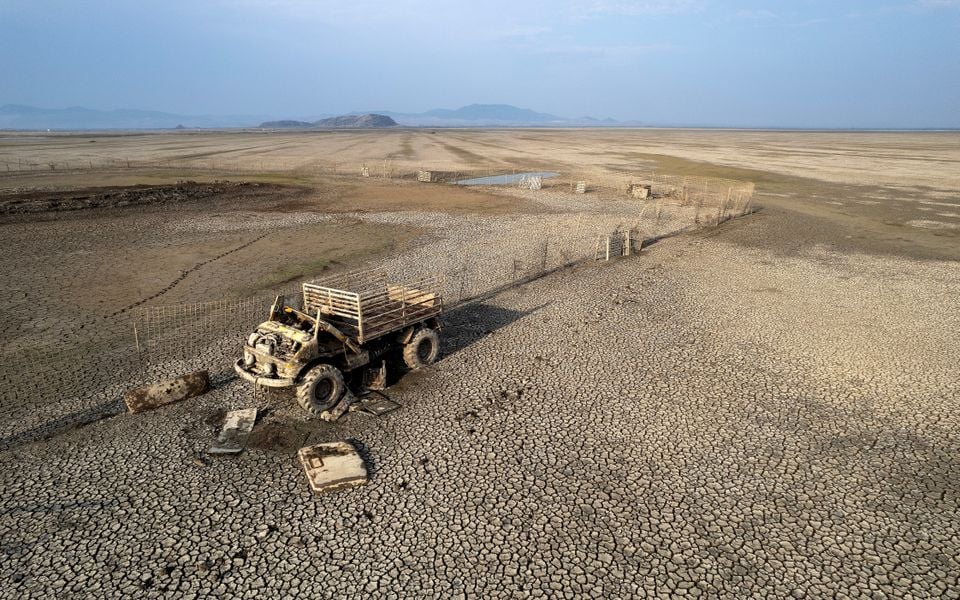The European Union loses 6.4% of its annual agricultural output – equivalent to €28 billion – as a result of climate-related risks, with drought accounting for more than half of those losses, according to Morgan Stanley, which says that that figure could rise to €40 billion by 2050.
While the macroeconomic impact is relatively limited (with agriculture representing just 1.65% of the EU’s GDP), Southern and Eastern Europe are significantly more vulnerable.
In Greece, where the agricultural sector contributes 3.3% to GDP, the third-highest rate in the EU, losses linked to severe drought driven by climate change are estimated at €2.6 billion annually and are projected to approach €4 billion over the next 25 years.
According to Morgan Stanley, €17.4 billion of the EU’s total losses of more than €28 billion annually concern crop farming and €10.9 billion impact livestock. Drought, frost, hail and excessive rainfall account for 80% of climate-related agricultural losses across the bloc, with drought identified as the primary driver.
The American bank also estimates that as climate-related losses become more frequent, severe and prolonged, they may lead to increased volatility in EU agricultural yields and farm incomes. Losses in crop farming alone are projected to rise by 42% to 66% by 2050, reaching approximately €25-29 billion annually. With livestock losses also factored in, the total could reach €40 billion.
While the absolute impact of climate-related risks is significant, the agricultural sector accounts for only 1.65% of the EU’s GDP, thus tempering the macroeconomic effects at the EU-wide level. However, this relatively low percentage masks the considerable variation between member-states, Morgan Stanley notes. And Greece holds the third-highest share in the EU, following Latvia (4.1%) and Croatia (3.4%).
The impact of climate change on agriculture varies by country, resulting in differing levels of economic consequences, as some nations face far more severe effects than others. In years marked by extreme damage, projected losses could reach €20 billion in Spain and Italy alone, Morgan Stanley notes. Smaller economies in Central and Southern Europe are facing losses that exceed 3% of their GDP.
In Greece, the average annual loss from severe climate-related events is estimated at €3 billion. Losses due to extreme drought alone amount to €2.6 billion per year and are projected to rise by 43%, reaching €3.7 billion by 2050.
The indirect impacts on the agricultural workforce are even more pronounced in countries, including Greece and Romania, where a significantly higher proportion – over 10% – of the labor force is employed in the sector, Morgan Stanley notes. In particular, 11.5% of Greece’s workforce is employed in agriculture, the second-highest rate in the EU.
